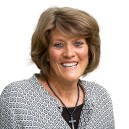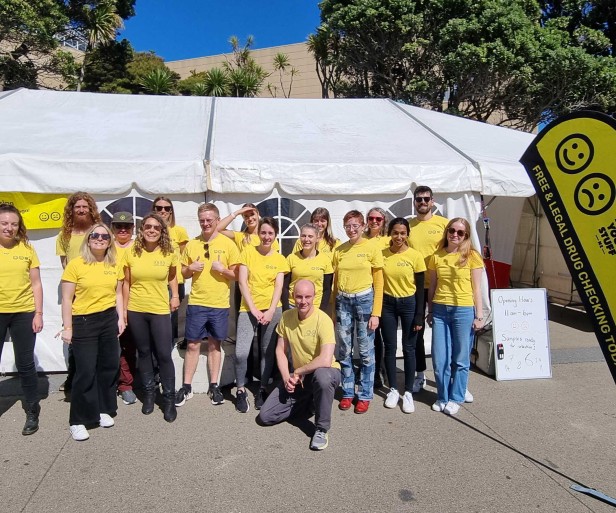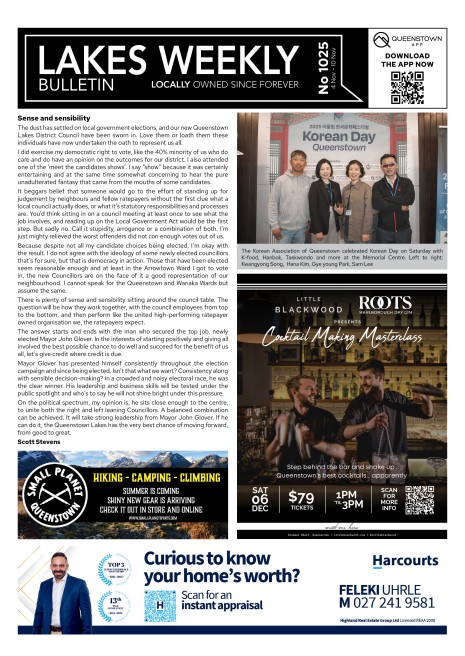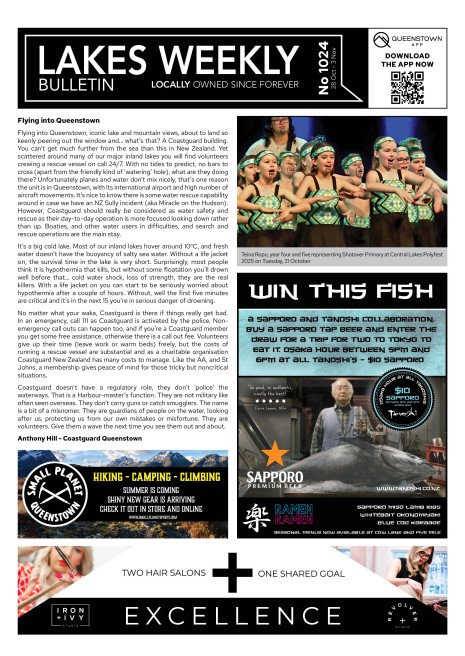Housing Crisis: Hope on the worker housing horizon
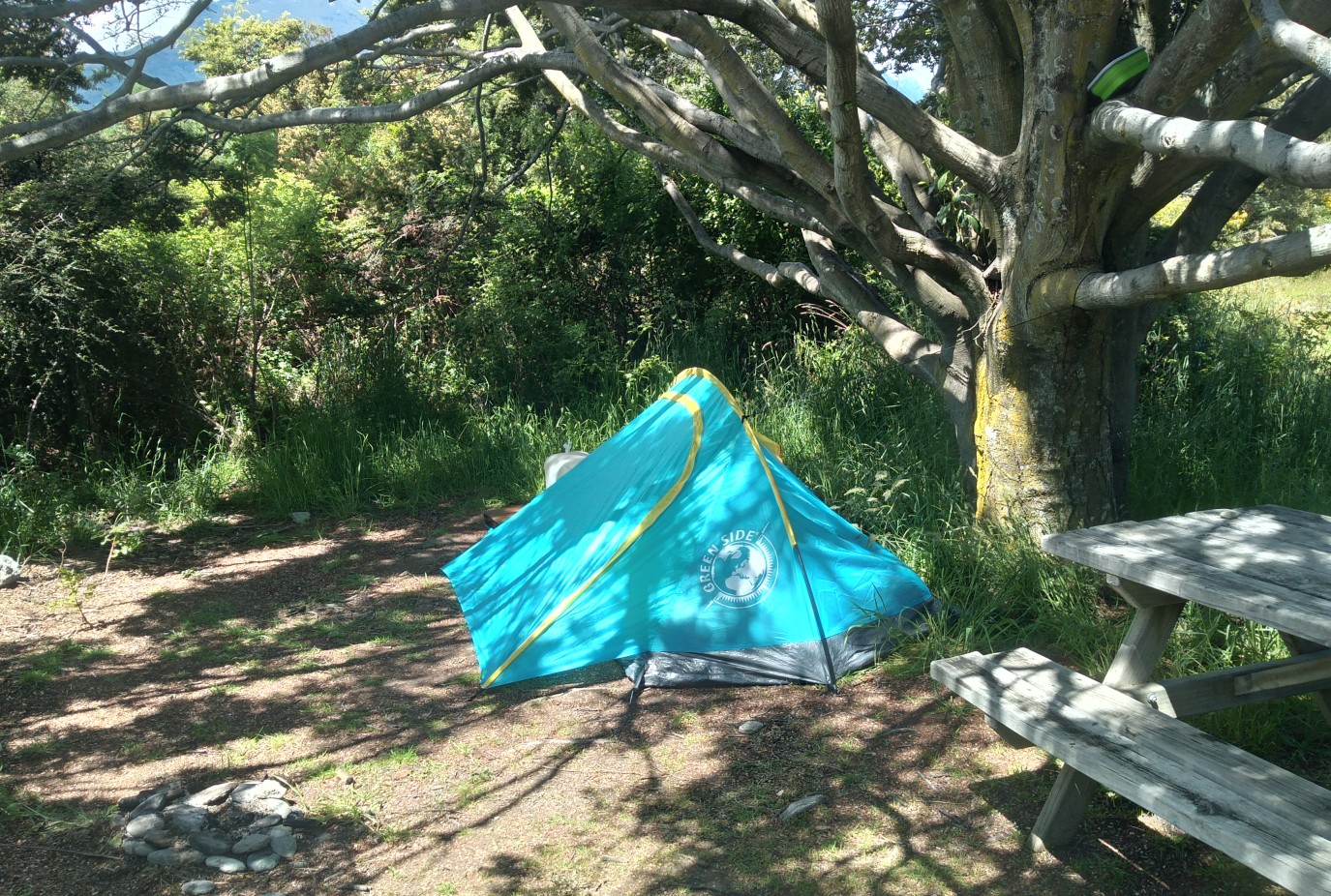
A proposal for individual unit style worker accommodation that could potentially supply 540 Frankton rooms is awaiting resource consent approval and, if successful, building would start late next year.
No.1 Hansen Rd Ltd is already well underway with stage one, a 168-car park development on the same site, opposite Queenstown Events Centre. The car park component of the development is designed for out-of-town holiday homeowners to store their vehicles and is handy to Queenstown Airport, with a good portion of the parks believed to have been pre-sold.
Project manager Steve Savery says the car parking stage of the development is scheduled for completion during the first quarter of next year. It’s being built in parallel with a 15-lot commercial subdivision on the site, with lots varying from 3000 to 5000sqm. An application is currently before the Queenstown Lakes District Council for eight standalone buildings to provide about 540 rooms for workers, in groups of shared units, university style accommodation. It’s a Mason & Wales-designed concept and once consent is finalised the conglomerate of Australian developers and their New Zealand partners can proceed to the design phase.
Building could start within a year once the concept is approved and the developers are looking for an answer by Christmas.
There’s strong local backing for the project from Queenstown Airport Corporation, council, and local iwi.
Chamber of Commerce CEO Sharon Fifield says the chamber has been advocating for projects like this to happen for worker accommodation for some time. “That would be great if that goes ahead as it’s a good spot, close to public transport which is important,” she says. “It’s encouraging to see these types of developments being tabled and I hope it works out as it’s exactly what the district needs, particularly for seasonal workers.”
Meanwhile, Queenstown Housing Initiative founder Hannah Sullivan says she’s meeting with council housing staff on November 14, and will be proposing that council sets aside ‘Safe Camping Hub’ areas for those living in their cars.
“Councils currently not distinguishing between freedom campers and people who are desperate to find somewhere to park to sleep for the night. These people are all working,” she says. “How do you prove that you’re trying to find a house when you’re up against 60 other applications at every viewing. It’s very demoralising,” Sullivan says. She, and employers, are concerned that rental housing situation is worsening as the town heads into summer when even more workers are needed. “It’s likely to get worse over summer.”
“It’s a crisis,” she says. “People in this situation are always asking me questions and every time we’re told, ‘We can’t do that because of this bylaw or these regulations’,” she says.
There are plenty of council car parks that could be used overnight, she says, and will be advocating that council allocate the Queenstown Events Centre car park for this purpose during darkness hours. “That’s not taking away parking from the public and they shouldn’t be ticketing people after dark,” she says. Other options include Frankton Beach, which has access to a BBQ, hot water and toilets, the Kmart car park where the bathrooms could be left open and the car park by Fernhill Roundabout.
“A person parked at Frankton at the bottom of a residential cul de sac recently was fined $400. They can’t afford that as their work hours have dropped. There’s not really any support for these people,” Sullivan says. She knows of “loads” of people living in cars who’ve been fined. “My advice has been to try and get the fines waived.”
“We’re told a key concern is that people in neighborhood’s won’t like it, but I did a survey recently and 75% to 80% of the 150 responses locally said they wouldn’t mind during darkness hours and that it was a brilliant idea.” Only 10% were unsure. Sullivan says she will be making the survey available online for another week or so, giving locals a month to respond and support those forced to live it rough. “We had survey responses from all sectors of the community - homeowners, retirees, and others in the community.”

